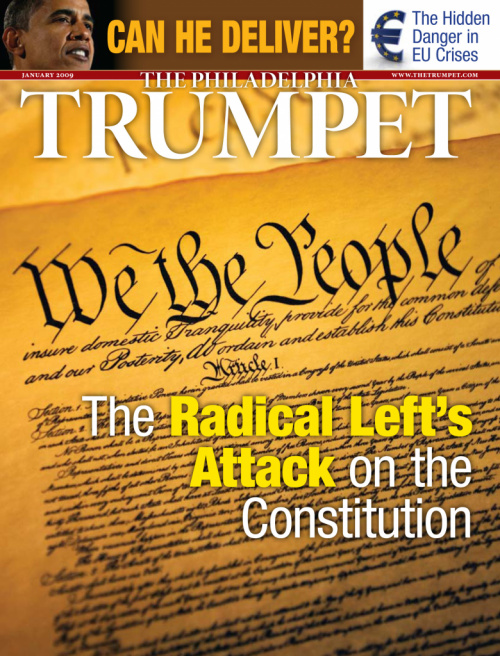The Strong-Dollar Illusion
It has gained in relation to the once mighty euro and the Swiss franc. It has humbled the British pound, the Canadian dollar and the Russian ruble. It has made the Asian tigers look like pussycats.
Once again, the U.S. dollar appears to be everyone’s favorite currency. Surprising as it may be, it has experienced its best gains in 16 years against the currencies of six major U.S. trading partners. But is it a sign of the end of the economic crisis and the return of America’s economic health as one might be led to believe?
Typically, the value of the dollar is a good barometer as to the health of the underlying economy. Over the past several years, the dollar has fallen, accurately indicating the overall deterioration in U.S. economic health.
Today, America’s biggest financial institutions are insolvent and failing. The government is spending billions propping up everything from banks and insurance companies to auto manufacturers. Commercial real estate is following residential real estate down the sinkhole, consumer spending is drying up, and the global economy, led by America, is on the verge of breaking down. Still, the dollar is soaring. What gives?
It has now become evident that the developing world may be falling apart even faster than the U.S. This has led to the collapse of what is termed the carry trade. The carry trade is the process by which investors borrow money in low-yielding, weak currencies, such as the yen and U.S. dollar, and invest in high-yielding currencies that might appreciate in value. The carry trade had been very profitable over the past few years as the dollar and yen tumbled. But now that emerging markets are facing collapse, investors are trying to move their investments out of pesos, reals, forints and won, and back into America (and also Japan). This drives up demand and thus the value of the dollar. And as the global banking crisis/credit crunch has unfolded, it has also created a massive scramble for dollars as banks have reined in lending, cut credit lines, and desperately tried to raise reserves.
These factors have created the perfect environment to send the dollar soaring. In essence, the severity of the crisis spooked people back into the most liquid, easily tradable asset available: the U.S. dollar—despite the fact that the U.S. has a compromised economy and dying financial system.
But in reality, a strong dollar resulting from market panic, as opposed to economic fundamentals, is a recipe for disaster. It hurts the economy by making foreign-made goods cheaper for American consumers and businesses, and U.S.-made goods more expensive for foreigners. U.S. exporters are about to get doubly hammered by a slowing global economy and volatile exchange rates. The trade deficit will shoot up, and hundreds of billions of dollars per year will leave the country through trade.
So what will be the government’s solution? Each time America has been faced with an economic crisis in the recent past—September 11, the dot-com bust, the Long Term Capital Management failure—it has inflated its way out by goosing the money supply and devaluing the currency.
The stimulus plan proposed by the president-elect is hardly different from a Zimbabwe policy. America is broke. To get more money, the government must either borrow it from foreigners, or print it. The first solution burdens us with more debt, the second with inflation. Both undermine the economy.
Since borrowed money eventually needs to be repaid, politicians may see creating money as the only realistic way to pay for America’s liabilities. Already the Federal Reserve is working overtime to expand the money supply, increasing lending and slashing interest rates. In fact, as of November 6, total Federal Reserve credit had increased to $2.108 trillion—more than doubling in just eight weeks. “We have never before seen such an increase in Federal Reserve credit in such a short time as we are presently seeing,” says economic analyst Ron Muzzy. Combined with the fact that the Fed has now slashed interest rates to 1 percent, America could eventually be in for an inflationary nightmare.
cnnMoney.com even said that a rate cut to nearly 0 percent, as in Japan during the 1990s, is no longer out of the question. “There’s a hesitation to do it because it looks like desperation,” said David Wyss, chief economist with Standard & Poor’s. “But they’re getting desperate” (Oct. 28, 2008).
According to Muzzy, the reason America isn’t already experiencing inflationary horror is that the Federal Reserve’s money creation has so far been overwhelmed by the massive losses on Wall Street.
So for now, the world continues to buy dollars—mostly for lack of a better option (although a truly unified European power bloc will soon provide an alternative). The dollar’s strength, however, will prove temporary. Just as investors have panicked into the dollar, people will just as quickly panic out. The only question is how soon.
